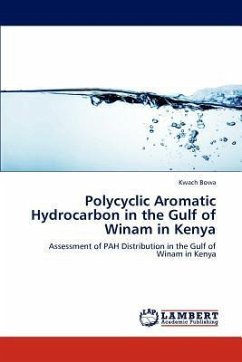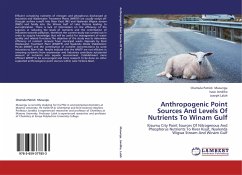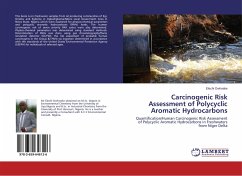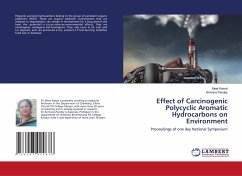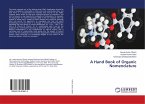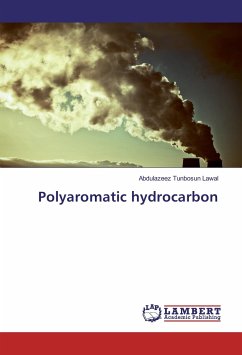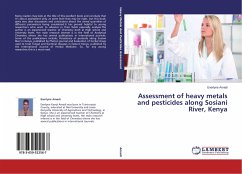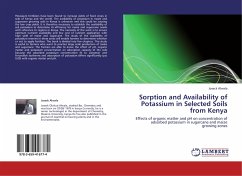Polycyclic aromatic hydrocarbons PAH)commonly refer to a large class of organic compounds containing two or more fused aromatic rings. They comprise unsubstituted parent PAH and their alkyl-substituted derivatives. They are colourless, white, pale yellow or green solids with melting and boiling points generally above 100 0C. They have their origin in both natural and anthropogenic processes. However many studies have indicated that the anthropogenic input of PAH to aquatic environment far exceeds natural sources. Major human activities which produce PAH include pyrolysis of wood to produce charcoal and carbon black, coke production, manufacturing of gas fuel, power generation from fossil fuels, combustion of fuels in internal combustion engines, incineration of industrial and domestic wastes, oil refinery processes and chemical engineering operations among others. By-products of these processes, which contain significant amount of PAH, have been dumped on land, in the waters or buried at subsurface sites. Airborne particulates, generated from these processes and carrying PAH, are transported worldwide in the atmosphere and are released in soils and in sediments of aquatic systems.
Bitte wählen Sie Ihr Anliegen aus.
Rechnungen
Retourenschein anfordern
Bestellstatus
Storno

